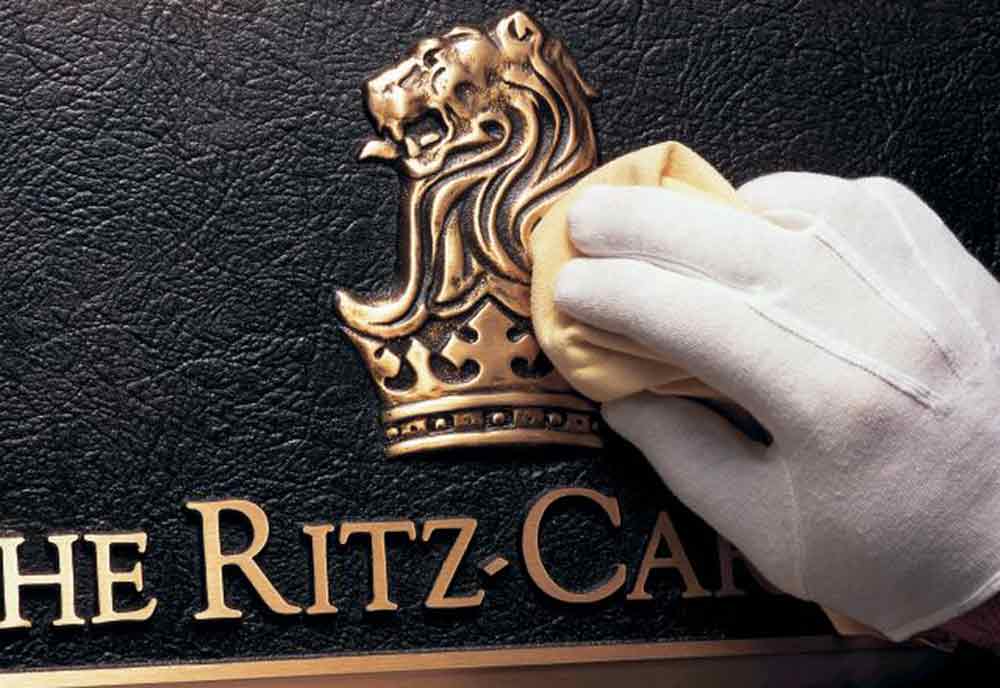
Many CEOs and advertising professionals struggle with understanding what “brand” is. We’ll give you a hint: It’s not a company’s logo, colors, jingle or advertising campaign. As company leaders, it is important that you know what exactly it is.
A brand is what sets Coca-Cola apart from Pepsi and Ritz-Carlton apart from Holiday Inn. A brand is what differentiates Southwest Airlines from a flight on any other air carrier. That brand differentiation goes well beyond a logo or advertising campaign—it is a strategic process.
Some great brand examples
Ritz-Carlton Hotels have a visual identity of a lion and crown logo, gold striped upholstery, cobalt blue goblets and “always magnificent” architecture. Yet, its strategic identity is, “We are ladies and gentlemen serving ladies and gentlemen.” Its people deliver on its brand and make the strategic identity genuine and authentic.
Southwest Airlines has vibrant periwinkle blue, red and orange airplanes, cool uniforms and fun ads. Its strategic identity is friendly, hip and cordial service. Every employee is trained to “be” the Southwest Airlines brand. Southwest spends equal to 50% of its marketing budget annually on strategic, internal brand adoption to engage its people with its brand.
Even if you’ve never bought a tractor, you know that “Nothing runs like a Deere” because its brand stands for quality, commitment and innovation. Harley Davidson has an emotional attachment to its brand that elicits an almost cult-like following.
Brand is strategic first
Brand is powerful and brand strategy is unique to every company. Too often we see brand portrayed by graphic distinction. Any company can change its logo and adopt a new look, but that is its visual identity, not its strategic identity. Strategic brand identity allows the brand to drive R&D, manufacturing, customer experience and much more. It is sustainable.
A company’s brand encompasses its people, too
As Scott Davis and Michael Dunn wrote in their book Building the Brand-Driven Business, “Colors, logos, names, taglines or advertising get confused with the fundamental principles that enable brand-building to translate into sustainable and profitable growth. Brand is a promise, and all the advertising isn’t anything unless they deliver on the promise.” An organization must first define its strategic brand lens and then operationalize it so that all employees are trained and positioned to deliver on that promise. The outcome from a strategic brand lens is a crystal clear brand position. The result is “on brand” internal and external communications—through every fiber of an organization.
Brand development is not a marketing initiative
Brand development is not a marketing initiative—it is a corporate initiative. The CEO must be the brand ambassador—inspiring and moving all employees from hearing the brand to believing the brand to becoming the brand. Ultimately, the process will breathe life into a company. When it becomes very clear what the company brand really is, what it does differently and what it is capable of becoming, employee engagement will grow and brand value will grow the company’s bottom line.
Interested in uncovering your brand distinction?
Start with a Build Your Brand DIY Workshop®, led by GREENCREST Chief Strategic Officer and Certified Brand Strategist Kelly Borth. Reserve your spot today!
Upcoming Build Your Brand DIY Workshop® Dates:
April 29, 2015, 7:30 a.m. – 10:30 a.m. at GREENCREST
May 27, 2015, 10 a.m. – 1 p.m. at GREENCREST
September 23, 2015, 8 a.m. – 11 a.m. at GREENCREST
October 28, 2015, 10 a.m. – 1 p.m. at GREENCREST
December 2, 2015, 7:30 a.m. – 10:30 a.m. at GREENCREST

